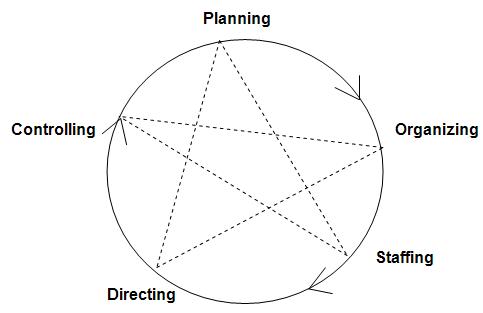Definition of Communication
"Communication is the process of sharing ideas, information and messages with other people at a time and place. "
Importance of Business Communication
Basically, communication is to give each other signals. Communication is the transmission of information is clear, and understandable. The process of sending a signal that can be through speech, writing or through gestures.
In a business, reputation and credibility must be established in order to customers feel comfortable to give confidence to you. Especially in long-term business relationships with employees and customers, having the sensitivity of professionalism will deliver a lot of positive values. This is where the need to play the role of business communication. The success of any business depends on communication effectiveness. The more effective a communication, the more positive the resulting value. The effectiveness of a real communication is measured by how much produce the action from your audience and readers.
Effective communication in business is most essential in order to survive and make progress. It is a fact that successful communication is the foundation of a good relationship between seniors and subordinates, between employees and management, and between customers and sellers. Good communication systems and efficient will help to better coordination and efficient control. A good communication system produces a clear understanding, good production, and healthy climate within an organization.
Business communication includes not only communication with outside contacts, but also communication with the workers in a company, if it is done it will really help your company well organized. Effective business communication may be represented to a manager who can motivate employees, provide recommendations and feedback to improve the efficiency and effectiveness in business.
In a business, reputation and credibility must be established in order to customers feel comfortable to give confidence to you. Especially in long-term business relationships with employees and customers, having the sensitivity of professionalism will deliver a lot of positive values. This is where the need to play the role of business communication. The success of any business depends on communication effectiveness. The more effective a communication, the more positive the resulting value. The effectiveness of a real communication is measured by how much produce the action from your audience and readers.
Effective communication in business is most essential in order to survive and make progress. It is a fact that successful communication is the foundation of a good relationship between seniors and subordinates, between employees and management, and between customers and sellers. Good communication systems and efficient will help to better coordination and efficient control. A good communication system produces a clear understanding, good production, and healthy climate within an organization.
Business communication includes not only communication with outside contacts, but also communication with the workers in a company, if it is done it will really help your company well organized. Effective business communication may be represented to a manager who can motivate employees, provide recommendations and feedback to improve the efficiency and effectiveness in business.
Ability to communicate effectively must be possessed by a businessman. A
person who has the intelligence only, can simply not able to translate
for him for his intelligence in communicating their message to others.
Creating and bringing in the idea that a common thing, but the ability
to convert them into a presentation that is easy to understand, not
everyone can. Have knowledge of effective communication both verbally
and in writing is an asset for a communicator. Communication can be
understood and responded well to bring someone to the gates of success.

























































